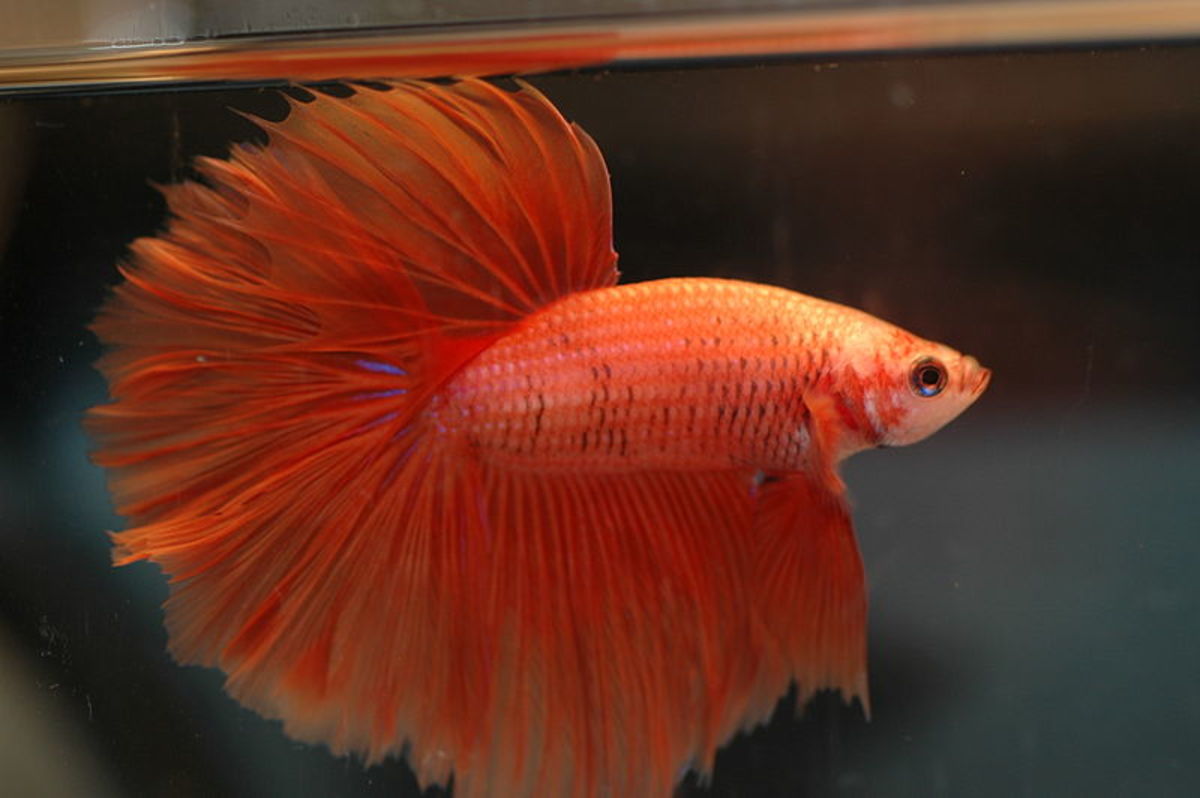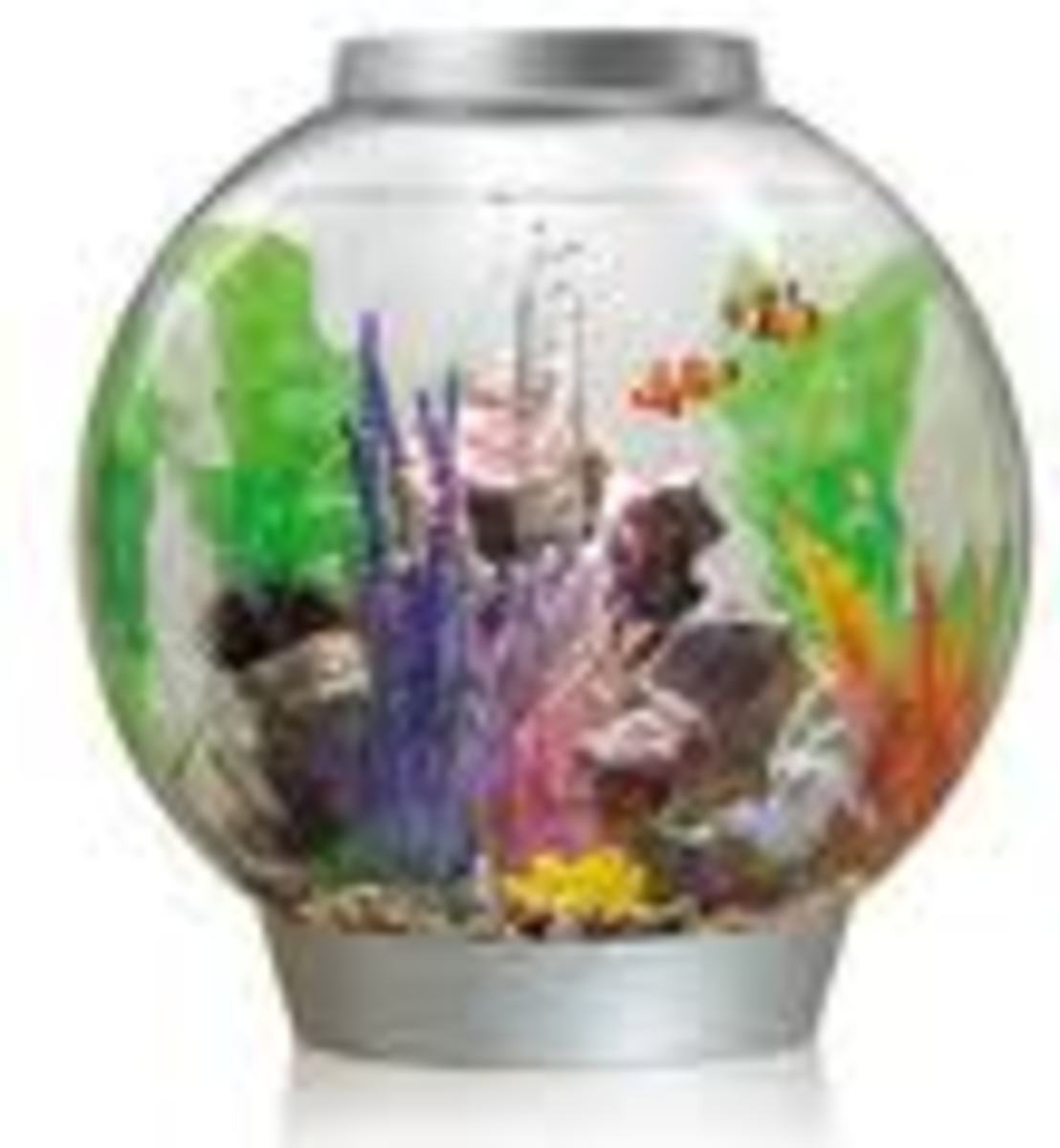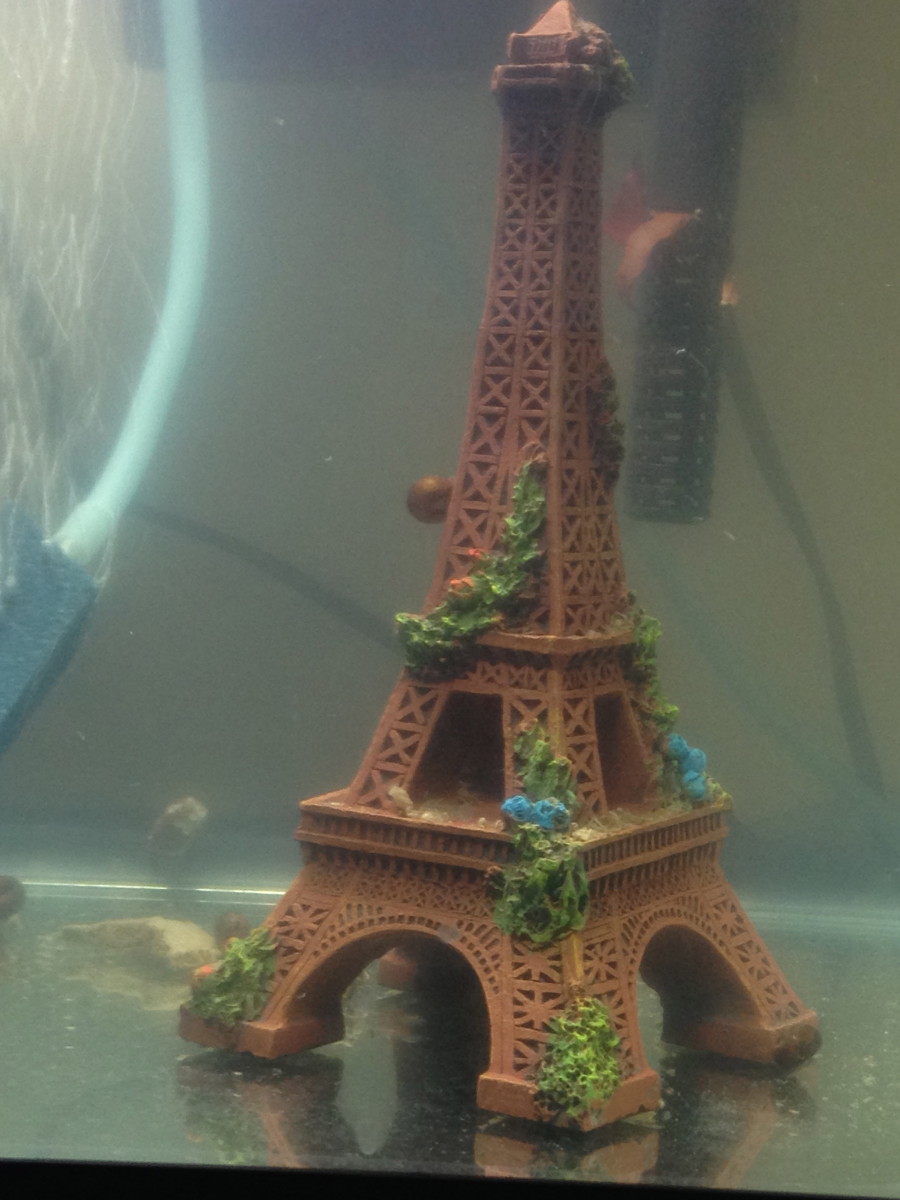The DIY Aquarium
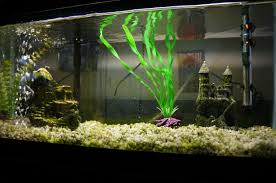
Setting up a decent aquarium for your fish is not just putting together sand, driftwood, stones and plants. It is your sense of aesthetics that will create a piece de resistance for your living room you will be proud to show off. You must also keep in mind the species of fish when you layout your aquarium. Some fish like to uproot their surroundings and plants always suffer in such cases, as do rocks and pebbles!
Some like lots of plants to hide beneath, some prefer more swimming space, and others enjoy lurking under floating plants.
DIY Aquarium Tips
A great idea is to do a sketch of the layout you have in mind. When you do this, keep the following rules in mind:
- Don’t put too many fish or plants into a tank. It is easier to add than to remove.
- Avoid symmetry. Never put in anything dead centre. Avoid two or more objects or plants of identical size and shape. Build up the bed in terraces of unequal height and size.
- Provide a low lying area of bed in front where rubbish can gather and be easily siphoned off.
Constructing the Best Bed For Fish
Construct the bed from fairly dark, coarse river sand or fine gravel with grains of about 3 mm in diameter. Fine sand tend s to pack too tightly and becomes hard. A bottom layer of coarse sand or fine gravel will allow the water to circulate more freely round the roots of plants. The loam in river sand is nutritious for plants. So, make all but the top 3 cm of your bed from unwashed sand which is sand that has been rinsed only a few times. You can build the bed in terraces which even your fish will find attractive.
You can make terraces by building up banks of sand kept in place with barriers of driftwood or rock. The driftwood should be soaked in water till it becomes completely waterlogged and so doesn’t rise to the surface of the aquarium. The soft parts should be removed and only the hard core used after being well scrubbed.
g are| e@ t where rubbish can gather and be easily siphoned off.
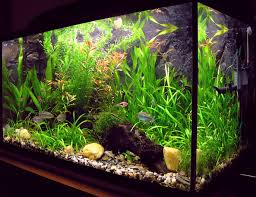
Aquarium Plants
Plants are necessary to purify and oxygenate the water, as well as provide shelter for your fish. You can put in the plants next and make sure that some of them are quick growing. If in your new aquarium, there are not enough plants, blue green algae can take over.
Because your aquarium can get easily overcrowded with plants, it is important to keep trimming them. Plants with stems grow too tall and stick out over the surface or float on it. You can top the stems and replant the cuttings in the bed. Once these take root, you can remove the old stems.
In the case of whorled varieties, these need less trimming. They grow a bit slower and you can cut the runners if they become unmanageable. You can propagate these by transplanting the runners.
Water Management in the Home Aquarium
Don’t pour water directly into your tank since this can ruin your bed, plants and terraces. Instead, place a saucer with a good upward curving lip on the sand in the front of the tank and put a jam jar inside it. Fill the jar gently with water at about 26 degree C. When the jar is full and you continue to pour gently, the saucer will overflow and the water will gently trickle onto the bed. Once the level reaches above the level of the saucer, you can increase the speed of pouring. Fill the tank to about 5 cm of the top.
Don’t get alarmed by the clear water turning cloudy after a few days. This is only the life in the tank adjusting and you need not worry unless the cloudiness increases or continues or turns green or brown. Green means an excess of algae and brown, bacteria and you must then clean the water.
Getting Enough Light in Your Fish Tank
You can either opt for natural light, fluorescent tubes or electric light bulbs. But usually daylight does not enter the tank from the top as is required, and so artificial light is better. The amount of light is determined by the kind of plants (quick growing plants need more), the height of the tank, the composition of the water and the reflecting properties of the lighting cover.
Generally, the power of the fluorescent tube will depend on the length of your aquarium or of the lighting attachment. 2o watt tubes are enough for an aquarium 80 cm long and 25 watt tubes for a tank 1m long.
The soft tone tubes give an attractive glow for fish and plants and provide a good balance between infra red and ultra violet light. The ultra violet enables the production of chlorophyll and influences the shape of the plant, while the infra red is important in the plant’s assimilation of carbon dioxide. Do seek expert help with the electrical equipment which can be hazardous in contact with water. The best lighting cover is made from wood, not metal and painted white on the inside or covered with foil or white formica to maximize the light. Do remember that fish and plants too need periods of light and dark like you do and do turn off the lights at night.
Heating the Aquarium
You must keep the temperature of water in the tank suited to the type of fish. In cold climates, your tropical fish will need warmer waters with the help of a thermostat and a water heater. In general, a temperature of 23 degrees to 25 degrees Centigrade is best. For the best circulation of heat, heating elements should be hidden as low as possible in the tank, but not on or in the bed unless a special under the bed heater is being used.
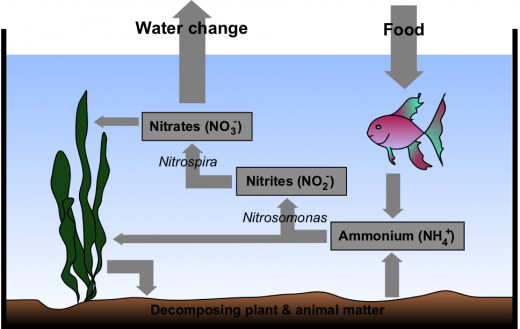
Aerators and Filters for the Home Fish Tank
You’ll need to install an aerator that will circulate oxygen in the tank since plants that give off rich supplies of oxygen (known as oxygenaters) are just not enough. Lack of oxygen can kill your fish or make them sluggish. Besides, an aerator will also clear the excess carbon dioxide. A filter that will help you keep the water free from pollution caused by excreta and plant rot and also help with the circulation of oxygen . More fish die by the neglect of these rules than any other.
Get all this organized and you would have set up a beautiful and efficient aquarium all by yourself.


